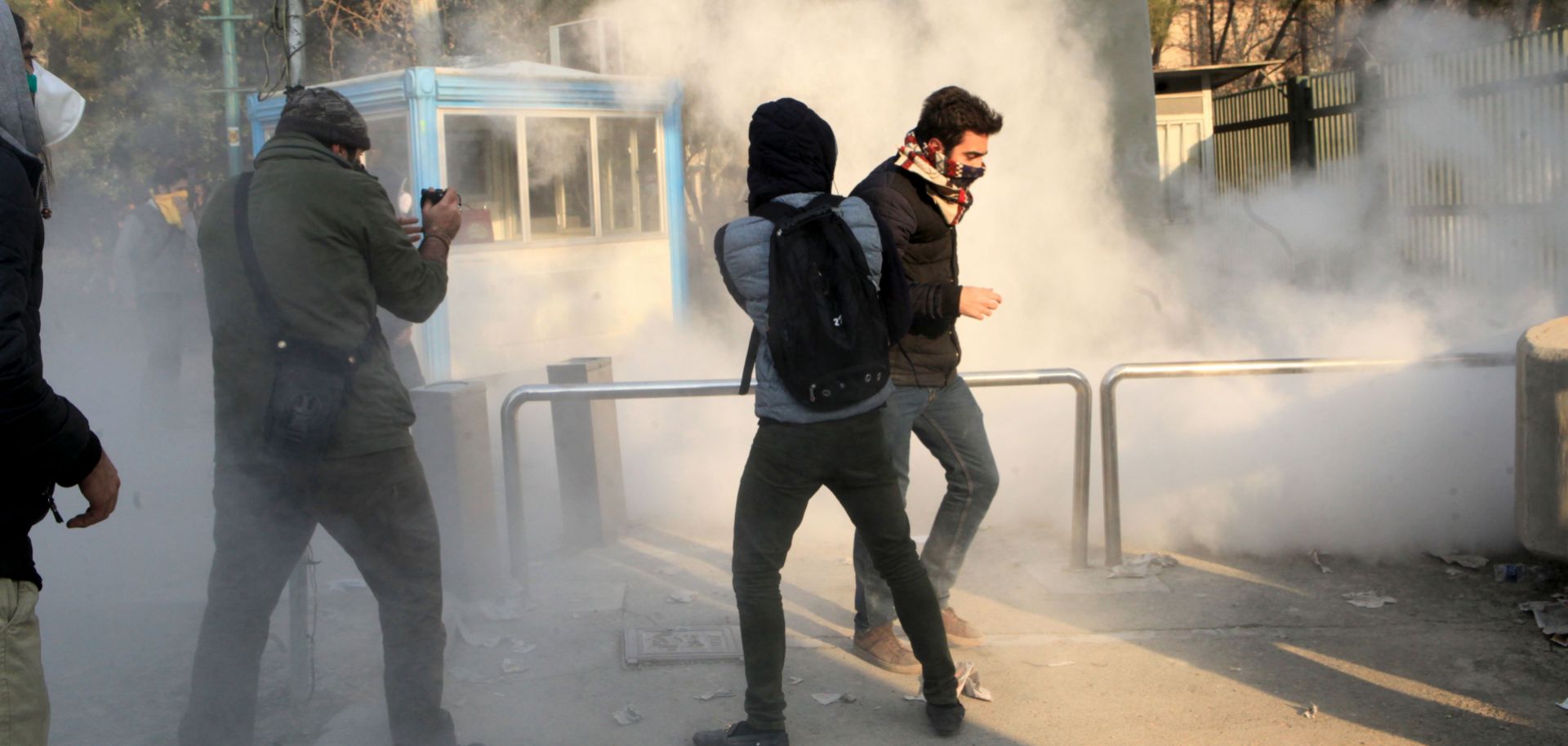The protests marked the largest and most widespread demonstrations expressing popular dissatisfaction with Iran's leaders since the 2009 Green Movement, which targeted then-President Mahmoud Ahmadinejad and the government. And with chants of "Death to the dictator" referring to Supreme Leader Ayatollah Ali Khamenei accompanying the latest round of protests, it is clear that no part of the government had escaped the ire of the demonstrators. Khamenei has kept the fire of the Islamic Revolution alive for nearly 30 years after the death of its founder, Ayatollah Ruholla Khomeini, who died in 1989. But what happens to that fire when Khamenei -- now 78 -- passes the torch to a successor who was not in Khomeini's inner circle in the 1980s? To what extent does the revolutionary spirit still resonate with the nearly 70 percent of Iran's population who were born after the revolution? While the wave of protests appears to...


